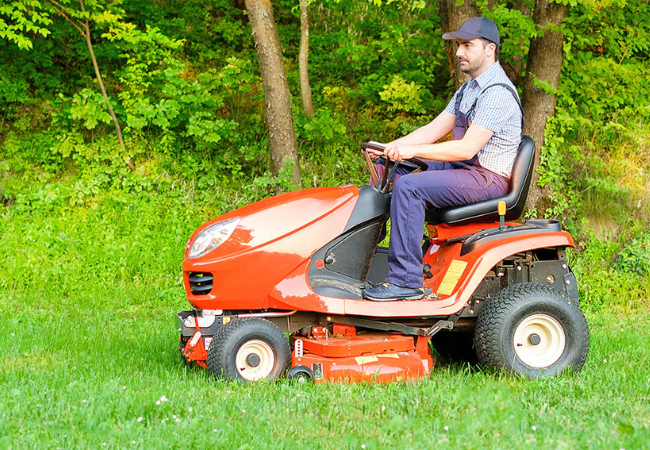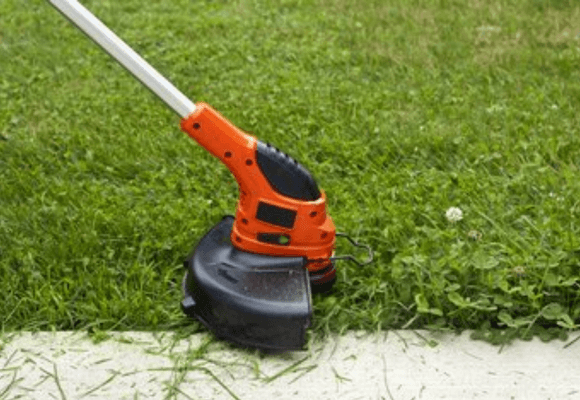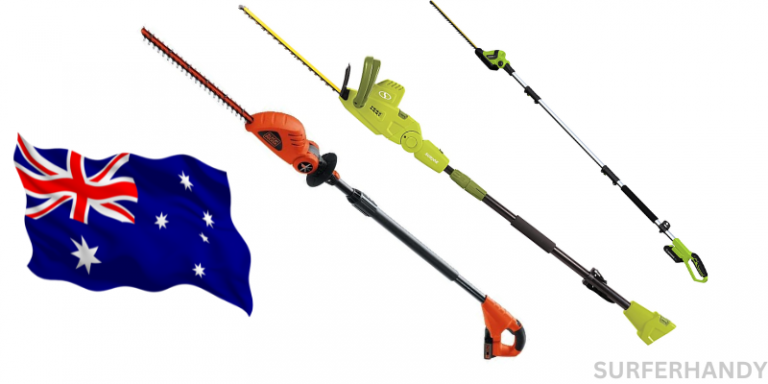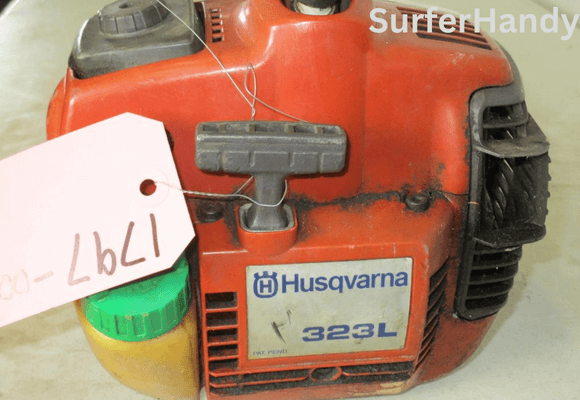Troubleshooting a Troy Bilt Snowblower Not Starting
Now that winter has arrived, it is time to start your dependable snowblower and clear your driveway and walkways.
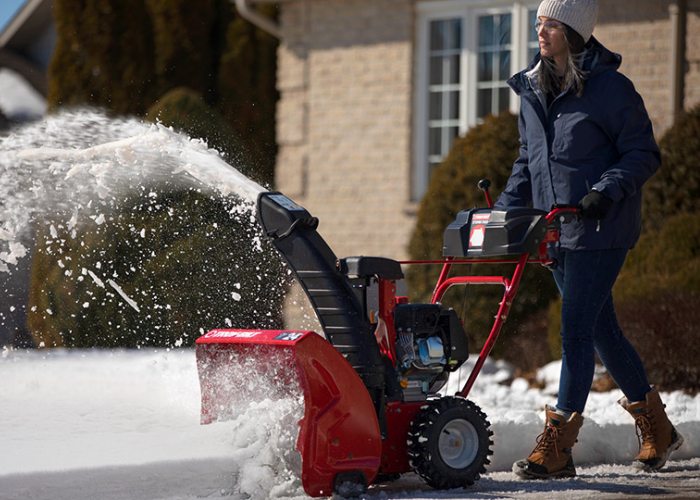
So what happens if your Troy Bilt snowblower won’t turn on? That might be frustrating, especially when dealing with a lot of snow.
Thankfully, there are several frequent causes for snowblowers not to start, and with a few simple tools and some expertise, you can typically resolve the problem at home.
Old or stale fuel is one of the most frequent causes of a Troy Bilt snowblower not starting. Fuel can degrade and lose potency over time, making it challenging to start the snowblower engine.
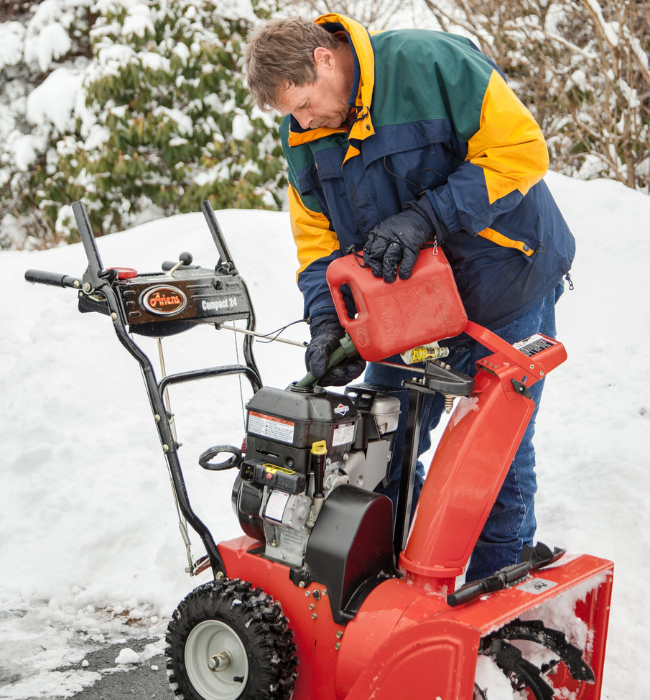
In addition, water can enter the fuel tank and mix with the gasoline, resulting in an unreliable fuel combination that won’t ignite. Checking the gasoline is the first step in diagnosing a starting problem.
If it’s stale or outdated, drain it and refill it with fresh gasoline. Moreover, adding a gasoline stabilizer to the tank is a brilliant idea, particularly if you plan to store the snowblower for a long time.
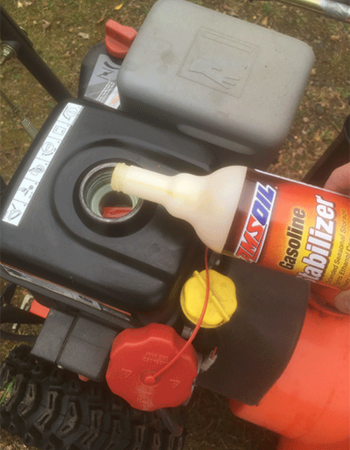
A blocked fuel filter is another typical reason a snowblower won’t start. The job of the fuel filter is to remove dirt, grime, as well as other impurities from the gasoline before it enters the engine.
These particles may block the filter over time, limiting fuel flow and making it difficult to start the engine. Locate the fuel filter on the fuel line and remove it from the snowblower to inspect it.
If it’s filthy or obstructed, swap it out for a new one. It’s a good idea to clean or replace the air filter because a filthy air filter can also contribute to starting problems.
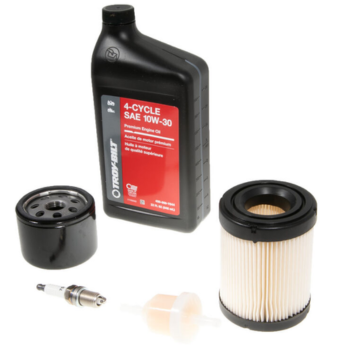
Common Reasons for a Troy Bilt Snowblower Not Starting
- Old Fuel: One of the most frequent causes of a Troy Bilt snowblower not starting, as discussed in the preceding section, is old or stale fuel. Long-term gasoline storage can cause it to degrade and lose strength, making it more challenging to start an engine. Drain the old fuel and add new gasoline to resolve this problem.
- Another typical reason for starting problems is a blocked fuel filter. The fuel filter is responsible for removing dirt, grime, and other impurities from the gasoline before it enters the engine. These particles may block the filter over time, limiting fuel flow and making it difficult to start the engine. Find the fuel filter on the fuel line and remove it from the snowblower to resolve this problem.If it’s dirty or obstructed, replace it with a new one.
- Defective Spark Plug: If the spark plug is faulty or broken, the engine won’t start. The engine’s gasoline is ignited by the spark plug. To inspect the spark plug, use a spark plug tool to detach the plug and cable from the engine. Examine the plug for any worn or damage indications, such as corrosion or fractures. Replace the damaged plug with a fresh one.
- The carburettor must be clean for gasoline and air to be mixed properly before entering the engine. The engine may not start or operate poorly if it is unclean or congested. Disassemble the carburettor and take it out of the snowblower to clean. After soaking the components in carburettor cleaning for a few hours, rinse them with water and then put the carburettor back together.
- Problems with the ignition system: The engine will only start if the ignition system is functioning correctly. You may inspect the ignition system by unplugging the spark plug wire and connecting a spark tester to the plug. Check for spark by pulling the starting cord. The ignition system may need to be fixed or changed if there is no spark.
- Reduced Fuel Level: Several Troy Bilt snowblower models have a low oil level switch that stops the engine from starting when the oil level is too low. Oil should be added as necessary after checking the engine’s oil level.
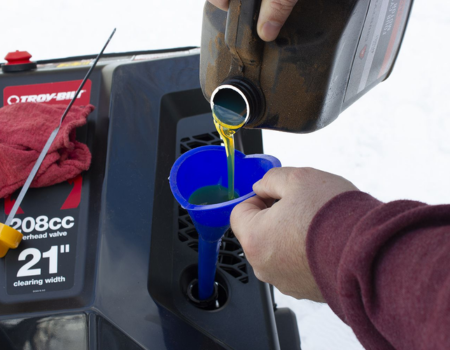
How to Troubleshoot a Troy Bilt Snowblower not starting
It may be annoying and time-consuming if your Troy Bilt snowblower doesn’t start. You may take a few measures to diagnose the problem and save money before you take it to a repair facility.
A step-by-step manual for troubleshooting a snowblower that won’t start is provided below:
- Inspect the Fuel: The gasoline should be checked first. If the gasoline is stale or old, the engine may need help to start or not start at all. Take off the gasoline cap to check the fuel and smell the gas. Drain the gasoline tank and add fresh energy if it smells stale or nasty. Moreover, ensure sure the gasoline line is not kinked or clogged by inspecting it. If somehow the fuel line is blocked in, the engine could not get gasoline
- Examine the fuel filter: The fuel filter keeps debris and dirt from the fuel system. The engine may perform poorly or not start if the filter accumulates particles over time. Locate the fuel filter on the fuel line and remove it from the snowblower to inspect it. If it’s dirty or clogged, substitute a fresh one.
- Examine the Spark Plug: The spark plug is in charge of igniting the engine’s fuel. The engine may not start if the spark plug is clogged or broken. Using a spark plug remover, disconnect the spark plug cable before extracting the plug from engine to inspect the spark plug. Look for any damage or wear on the plug, such as corrosion or fractures. Replace the damaged plug with a fresh one. To make sure the spark plug gap is set appropriately, you also need to check it.
- Examine the carburettor: The carburettor is in charge of blending air and gasoline in the engine. The engine may be impossible to start or perform poorly if the carburettor is dusty or blocked. Remove the carburettor from the snowblower and disassemble it to inspect it. Reassemble the carburettor after rinsing the parts in water and soaking them in carburettor cleaner for several hours.
- Examine the Ignition System: The ignition system creates the spark that ignites the engine’s fuel. The engine won’t start if there isn’t a spark. To check the ignition system, disconnect the spark plug cable and attach a spark meter to the plug. Check for spark by pulling the starting cord. The ignition system may need to be fixed or changed if there is no spark.
- On some Troy Bilt snowblower models, a low oil level switch prevents the engine from starting if the oil level is too low. Before checking the oil level, pull the oil gauge and wipe it. Reinstall the dipstick in the engine, then take it out once again. The dipstick’s high and low markings should correspond to the oil level. Add more oil as necessary if the level is too low.
- Examine the choke: A chilly engine can require the choke to start. The engine may be started more quickly because the choke restricts airflow. The snowblower’s choke valve may be found there; turn it to its “on” setting to make it operational. Once the engine has heated up, let the choke out.

These methods will help you troubleshoot a Troy Bilt snowblower not starting and find and resolve the problem.
It is advised to send your snowblower to a professional for repair if you’re still experiencing issues after following these instructions.
Always put safety first when using your snowblower, and never try to do any maintenance or repairs while the engine is operating.
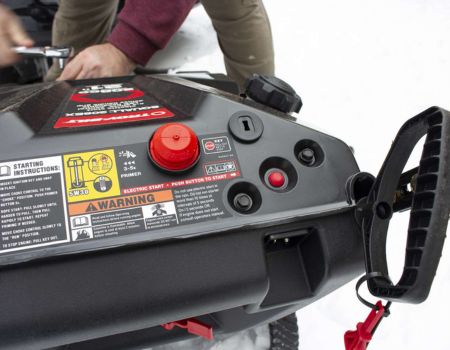
Preventative Maintenance for Your Troy Bilt Snowblower
Preventive maintenance is the secret to maintaining your Troy Bilt snowblower in top condition and avoiding problems that can make it fail to start.

Here are some pointers to keep your snowblower in good working order:
- Oil Change: Changing the oil in your snowblower regularly may assist in maintaining the engine in good working order. For information on how frequently to replace the oil and what kind of oil to use, consult your owner’s handbook. The oil should typically be changed after 50 hours of continuous use.
- Change the Spark Plug: To guarantee good ignition and avoid starting problems, the spark plug should be changed once a year. For information on the proper spark plug, consult your owner’s handbook.
- Examine and tighten any loose nuts and screws since engine vibrations might make them loosen over time. Inspect for and fix any loose screws or nuts regularly to make sure the snowblower is constructed appropriately
- You need either clean or replace the air filter because it keeps debris and grime out of the engine. The engine may run poorly or not start if the filter becomes soiled or clogged over time. See your owner’s manual for instructions regarding how to cleanse or change the air filter.
- Storing Your Snowblower Correctly: When putting it away for the winter, drain the oil and gasoline, and keep it in a clean, dry place. By doing this, problems that arise in the off-season can be avoided.
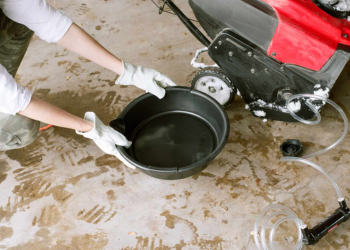
Your Troy Bilt snowblower will remain in good form and be available for use when you need it if you adhere to these preventative maintenance suggestions.
FAQs
Your snowblower may not start for various reasons, including problems with the spark plug, carburettor, fuel filter, or ignition system. Identify the problem’s source and a solution; troubleshooting is best.
Yes, you may use your snowblower on ordinary fuel. To avoid harming the engine, it is advised to use ethanol-free fuel.
It is advised to inspect your snowblower’s air filter after each usage and replace it once a year or more frequently if it gets blocked or unclean. For further information, consult your owner’s handbook.
Conclusion
Although a Troy Bilt snowblower not starting might be annoying, the problem is frequently fixable.
You can ensure your snowblower is ready to use when needed by adhering to correct maintenance and storage procedures, diagnosing the issue, and getting expert assistance when necessary.
Preventative maintenance regularly increases your equipment’s lifespan and prevents beginning issues.

Horner Maddox brings a decade of hands-on woodcutting experience to the page, sharing the rich tapestry of skills honed through countless local projects. With a background that blends artistry with the practical demands of woodworking, Maddox has become a respected name in the community for his dedication to craftsmanship and sustainable practices. His work not only showcases the beauty and intricacy of woodcutting but also reflects a deep understanding of the material’s natural elegance and strength. Through his writing, Maddox aims to convey the patience, precision, and passion that woodcutting demands, offering readers a glimpse into the life and techniques of a seasoned woodcutter.

